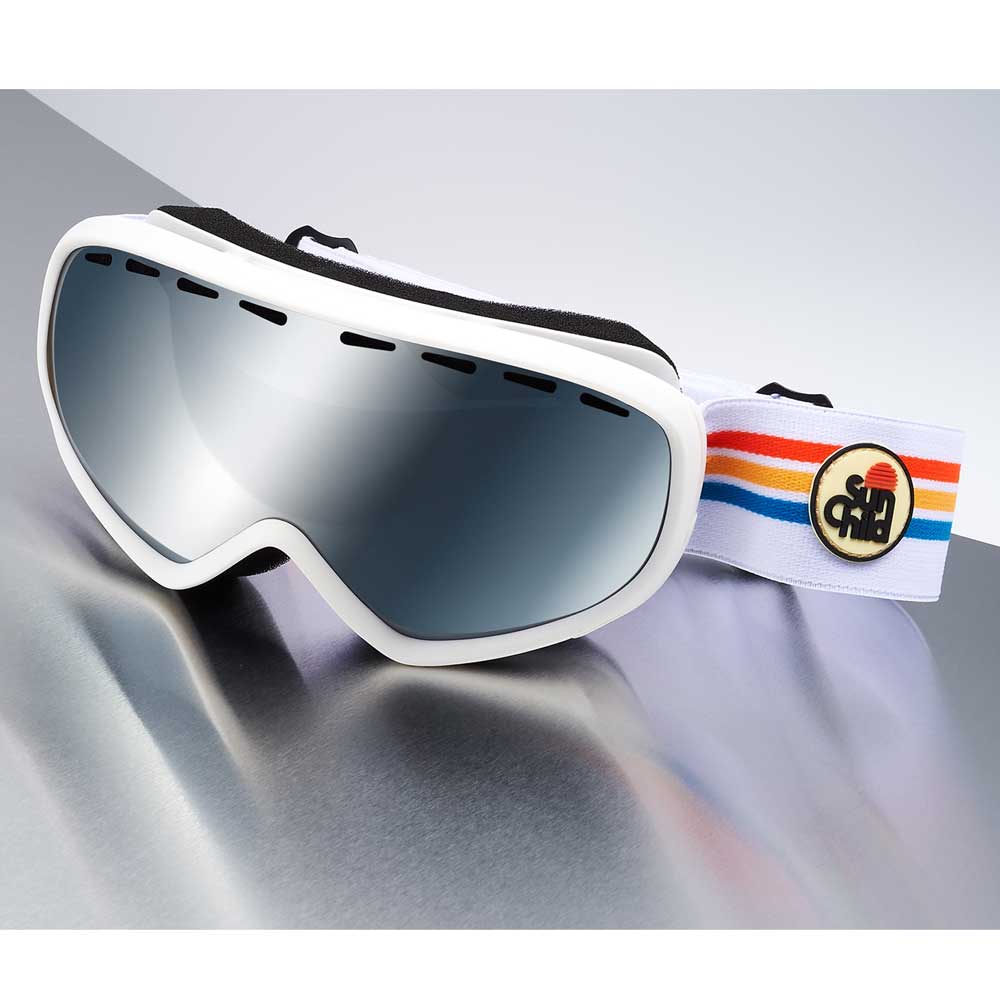Varionet News
Reasons, causes and solutions for presbyopia
WHAT IS PRESBYOPIA AND WHEN TO WEAR GLASSES
You are over 40 years old, and maybe you noticed that when you read a newspaper, a book or your phone, you had some difficulty distinguishing the letters clearly? This is due to the appearance of a vision disorder . More precisely the presbyopia !
To be sure, it's very simple!
Varionet SafetyPro Anti-Fog Goggles
Varionet Safety Pro : Protect your eyes, boost your vision at work!
On site, in the workshop, in the laboratory... your eyes are your most valuable tools.
But when presbyopia sets in, reading a plan, adjusting a room or checking a screen becomes a real challenge.
The solution? Varionet Safety Pro prescription safety glasses
When to change your reading glasses: the signs that don't lie
Reading glasses are essential for many people, but how do you know when it's time to upgrade them?
Here are some characteristic signs:
Increased eye strain : If you experience more eye strain than usual, even with your glasses, this may indicate that your lenses are no longer suitable for your needs.
QUARANTINE: A KEY MOMENT
Often, the first discomfort is felt when returning from vacation: when the light decreases, after summer or following a sudden fatigue. Suddenly, you can no longer read the newspaper, restaurant menus or notices just by holding them at arm's length.
Don't panic, it's normal and natural!
Arrow, the glasses of the famous American brand
Myopic and presbyopic, possible?
titanium glasses
Titanium has been a material increasingly used in the world of optical industry since the 1980s. Titanium glasses appeared in France around 1986 when they were already widespread in Japan .
Origin and manufacture of titanium:
Discovered in 1791 by the British William Gregor, the first use of titanium dates back to the beginning of the 20th century, as an additive to cast iron and steel, in the form of ferro-titanium. It is the 22nd element of the periodic table, it has the symbol Ti. It is a stable element that belongs to the family of transition metals such as silver, cadmium...
Reading problems? What if it was presbyopia?
Presbyopia, what is it?
As we age, we all experience annoying changes in our vision:
- it becomes more difficult to concentrate
- it is more and more difficult to see clearly on close objects .
How do I know if I need reading glasses
Varionet, an online licensed optician
Varionet: for whom? Why?
Varionet.com is a number 1 online optical store in the field of presbyopia glasses, computer glasses and in France since 2008. We specialize in proximity glasses intended for presbyopia after 40 years and computer glasses and offer you innovative presbyopia lenses with corrections from +1.00 to +3.50 as well as rest lenses for the youngest.
Can returning to work cause eyestrain?
Work, re-entry and eyestrain
The month of September is here, synonymous with back to school and this is a sign that the holidays are beautiful and well over! Summer is coming to an end and autumn is on its way. We have to adapt to the days that are getting shorter and it is common for eyestrain to appear. No more idleness, little naps, the daily routine is back with the long hours spent in front of digital devices and paperwork.


